Home>Gardening & Outdoor>Landscaping Ideas>Why Is My Grass Black
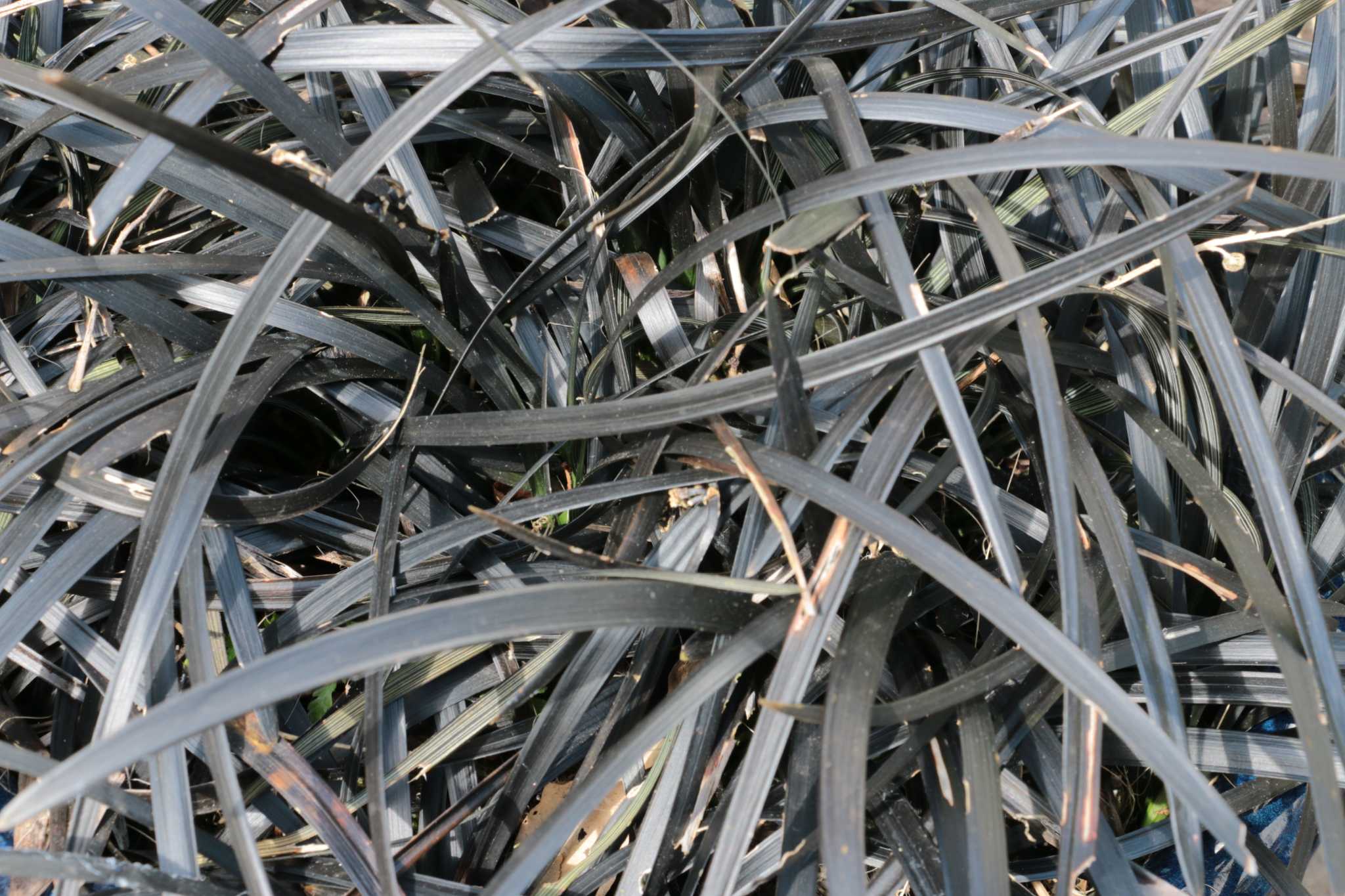

Landscaping Ideas
Why Is My Grass Black
Published: January 29, 2024
Discover effective landscaping ideas to revive your lawn and learn why your grass may appear black. Transform your outdoor space with expert tips.
(Many of the links in this article redirect to a specific reviewed product. Your purchase of these products through affiliate links helps to generate commission for Storables.com, at no extra cost. Learn more)
Introduction
Welcome to the perplexing world of landscaping, where the vibrant green of a healthy lawn can be overshadowed by the enigma of black grass. Picture this: you step onto your meticulously maintained lawn, expecting to be greeted by a lush expanse of green, only to find patches of mysteriously darkened grass. What could possibly be causing this unsettling sight? Fear not, for we are about to embark on a journey to unravel the mystery of black grass and explore the remedies to restore your lawn's verdant glory.
As any landscaping enthusiast can attest, maintaining a pristine lawn is a labor of love. The sight of blackened grass can be disheartening, prompting a flurry of questions and concerns. What has caused this unexpected transformation? Is it a sign of irreversible damage, or can the lawn be revived to its former splendor? These questions, and more, will be addressed as we delve into the potential causes and effective solutions for black grass.
In this comprehensive guide, we will navigate through the common culprits behind black grass, shedding light on the underlying factors that contribute to this unwelcome phenomenon. From elusive fungal infections to nutrient deficiencies, each potential cause will be explored in detail, providing you with the knowledge to identify and address the issue plaguing your lawn. Furthermore, we will equip you with a repertoire of strategies and solutions to banish the darkness from your grass, restoring its vibrancy and health.
So, fasten your gardening gloves and prepare to unearth the secrets of black grass. By the end of this journey, you will emerge with a deeper understanding of lawn care, armed with the insights and techniques needed to transform your troubled turf into a thriving oasis of greenery. Let's embark on this horticultural adventure and illuminate the path to a black-grass-free lawn.
Key Takeaways:
- Say goodbye to black grass! Combat fungal infections, manage thatch, improve drainage, alleviate soil compaction, and optimize nutrients to restore your lawn’s vibrant greenery.
- Uncover the secrets of banishing black grass. Implement targeted solutions like fungal control, thatch management, drainage improvement, soil compaction alleviation, and nutrient optimization for a thriving, lush lawn.
Read more: Why Is My Zoysia Grass Turning Black
Causes of Black Grass
The enigmatic phenomenon of black grass can be attributed to a myriad of underlying causes, each contributing to the unsettling transformation of once-lush turf into an ominous shade of darkness. Understanding these potential culprits is crucial in diagnosing and remedying the issue effectively. Let’s delve into the diverse array of factors that may be responsible for the emergence of black grass:
- Fungal Infections: One of the primary instigators of black grass is the presence of fungal infections, such as “smut” or “sooty mold,” which manifest as dark, powdery coatings on the grass blades. These insidious fungi thrive in humid conditions and can swiftly engulf the grass, resulting in a disconcerting blackened appearance.
- Excessive Thatch: Accumulation of excessive thatch, the layer of dead grass and organic matter between the soil and the green vegetation, can impede proper air circulation and moisture penetration. This can create a conducive environment for fungal growth and inhibit the grass’s ability to thrive, leading to patches of blackened turf.
- Waterlogged Soil: Prolonged periods of waterlogging can suffocate the grass roots, depriving them of essential oxygen and impeding their ability to absorb nutrients. This waterlogged stress can cause the grass to turn black as it struggles to survive in saturated soil conditions.
- Soil Compaction: Compacted soil restricts the movement of air, water, and nutrients within the earth, hindering the grass’s root development and overall vitality. The resulting stress on the grass can manifest as patches of darkened turf, signaling the detrimental impact of soil compaction.
- Nutrient Deficiencies: Inadequate levels of essential nutrients, particularly nitrogen, can lead to chlorosis, a condition characterized by the yellowing or browning of grass. In severe cases, this deficiency can progress to a blackened appearance, indicating the grass’s struggle to sustain its vigor in the absence of vital nutrients.
These diverse factors collectively contribute to the manifestation of black grass, presenting a complex tapestry of challenges for lawn enthusiasts. By identifying the specific cause or combination of factors responsible for the blackened turf, you can embark on targeted interventions to revive your lawn’s health and vibrancy. Armed with this knowledge, let’s explore the proactive measures and solutions to banish the darkness from your grassy canvas.
Check for overwatering or fungal disease. Overwatering can lead to root rot and blackened grass, while fungal diseases like sooty mold can also cause the grass to appear black. Adjust your watering schedule and consider using fungicides if necessary.
Solutions for Black Grass
Confronting the disconcerting sight of blackened grass necessitates a strategic approach to restore the vitality and lush green allure of your lawn. By addressing the underlying causes and implementing targeted solutions, you can embark on a transformative journey to banish the darkness from your turf. Let’s explore a range of effective strategies and remedies to revitalize your lawn:
- Fungal Control: Combatting fungal infections requires proactive measures such as aerating the soil to improve drainage, reducing thatch buildup through dethatching, and applying fungicides to curb the spread of smut or sooty mold. These interventions can mitigate the impact of fungal pathogens and prevent the recurrence of black grass.
- Thatch Management: Regular dethatching and core aeration can alleviate the suffocating effects of excessive thatch, promoting optimal air and moisture circulation within the soil. This proactive approach enhances the grass’s resilience and minimizes the risk of blackened patches caused by fungal proliferation.
- Improving Drainage: Addressing waterlogged soil entails enhancing drainage through strategic landscaping modifications, such as grading the lawn to facilitate water runoff and installing French drains or perforated pipes to redirect excess water away from the turf. These measures alleviate waterlogging, providing a conducive environment for healthy grass growth.
- Alleviating Soil Compaction: Resolving soil compaction involves aerating the lawn to alleviate the dense soil structure and promote the penetration of air, water, and nutrients to the grassroots. Core aeration or the use of specialized equipment can effectively mitigate soil compaction, fostering an environment conducive to vibrant grass growth.
- Nutrient Optimization: Addressing nutrient deficiencies necessitates a comprehensive soil analysis to identify the specific elements lacking in the soil. Subsequently, tailored fertilization regimens can be implemented to replenish essential nutrients, particularly nitrogen, and restore the grass’s vigor, thwarting the progression of chlorosis and blackened turf.
By implementing these targeted solutions and proactive measures, you can embark on a transformative journey to rejuvenate your lawn, banishing the specter of black grass and nurturing a verdant oasis in its place. As you embark on this horticultural endeavor, remember that consistency and attentive care are paramount in ensuring the sustained health and vibrancy of your lawn. With these solutions at your disposal, you are well-equipped to embark on the revitalization of your turf, transforming it into a thriving testament to your dedication to impeccable lawn care.
Conclusion
As we conclude our exploration of the perplexing phenomenon of black grass, it becomes evident that the enigmatic transformation of vibrant turf into a disconcerting shade of darkness is not an insurmountable obstacle. Armed with a deeper understanding of the potential causes and effective solutions, you are poised to embark on a transformative journey to restore the lush green expanse of your lawn.
From the insidious encroachment of fungal infections to the suffocating effects of excessive thatch and soil compaction, the diverse array of challenges contributing to black grass underscores the multifaceted nature of lawn care. However, by embracing targeted interventions, such as proactive fungal control, vigilant thatch management, and strategic soil improvements, you can reclaim the vitality and vibrancy of your turf.
It is imperative to approach lawn care with a holistic perspective, recognizing that the health and resilience of your grass are intrinsically linked to environmental factors, cultural practices, and attentive maintenance. By fostering optimal growing conditions through improved drainage, alleviated soil compaction, and nutrient optimization, you can cultivate a thriving oasis of greenery, free from the specter of blackened patches.
As you embark on this revitalization journey, remember that patience and consistency are your allies. The restoration of a healthy, vibrant lawn is a gradual process that rewards dedication and attentive care. By integrating the insights and solutions gleaned from this guide into your lawn care regimen, you are poised to witness the gradual resurgence of verdant splendor, banishing the darkness and embracing a revitalized landscape.
So, take heart, aspiring horticulturist, for the journey to banish black grass is within your grasp. Armed with knowledge, determination, and a nurturing touch, you are primed to transform your troubled turf into a flourishing testament to your unwavering dedication to impeccable lawn care. May your endeavors yield a tapestry of greenery that beckons with vitality and beauty, a testament to the transformative power of informed, attentive lawn maintenance.
Frequently Asked Questions about Why Is My Grass Black
Was this page helpful?
At Storables.com, we guarantee accurate and reliable information. Our content, validated by Expert Board Contributors, is crafted following stringent Editorial Policies. We're committed to providing you with well-researched, expert-backed insights for all your informational needs.
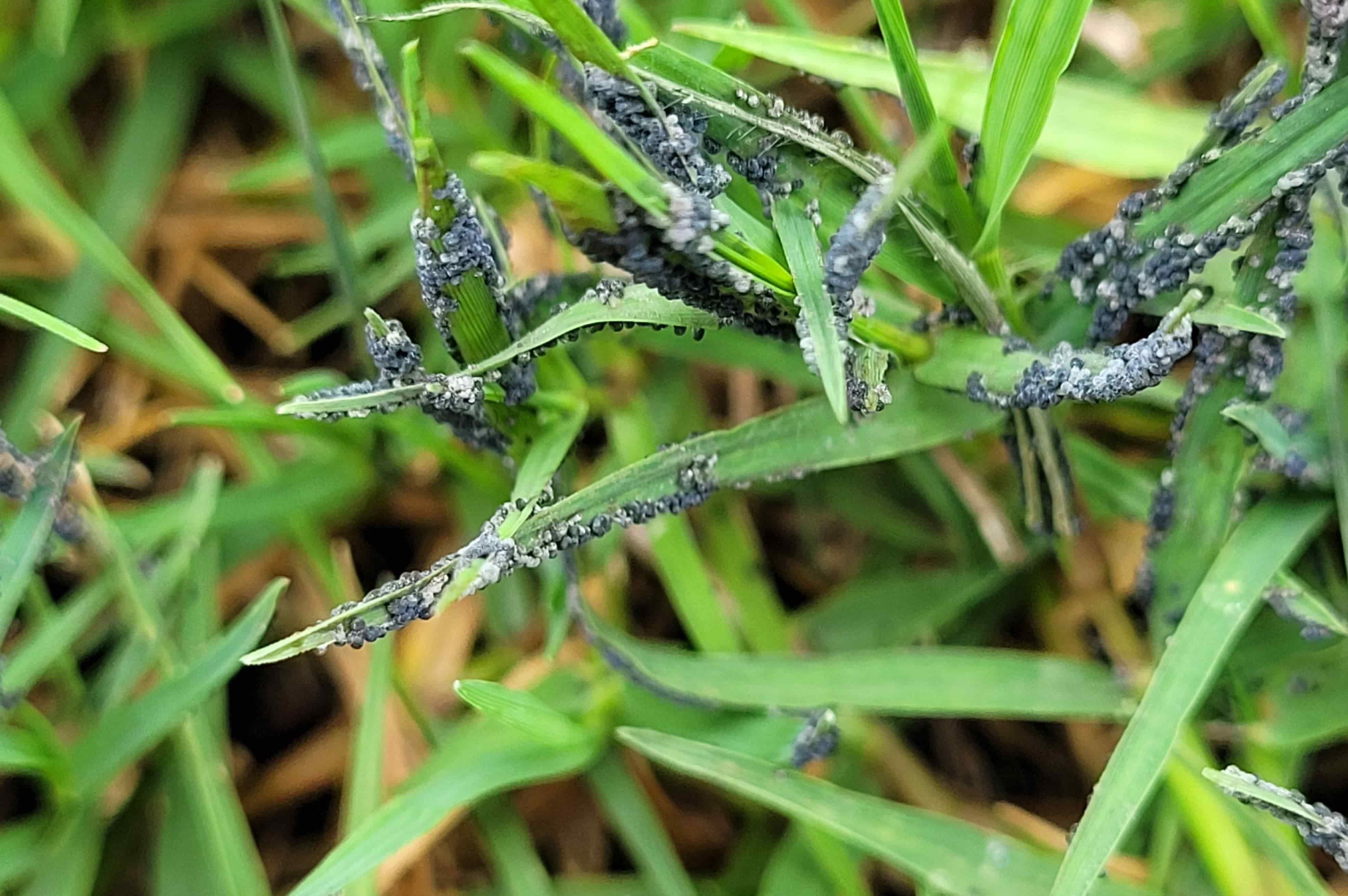






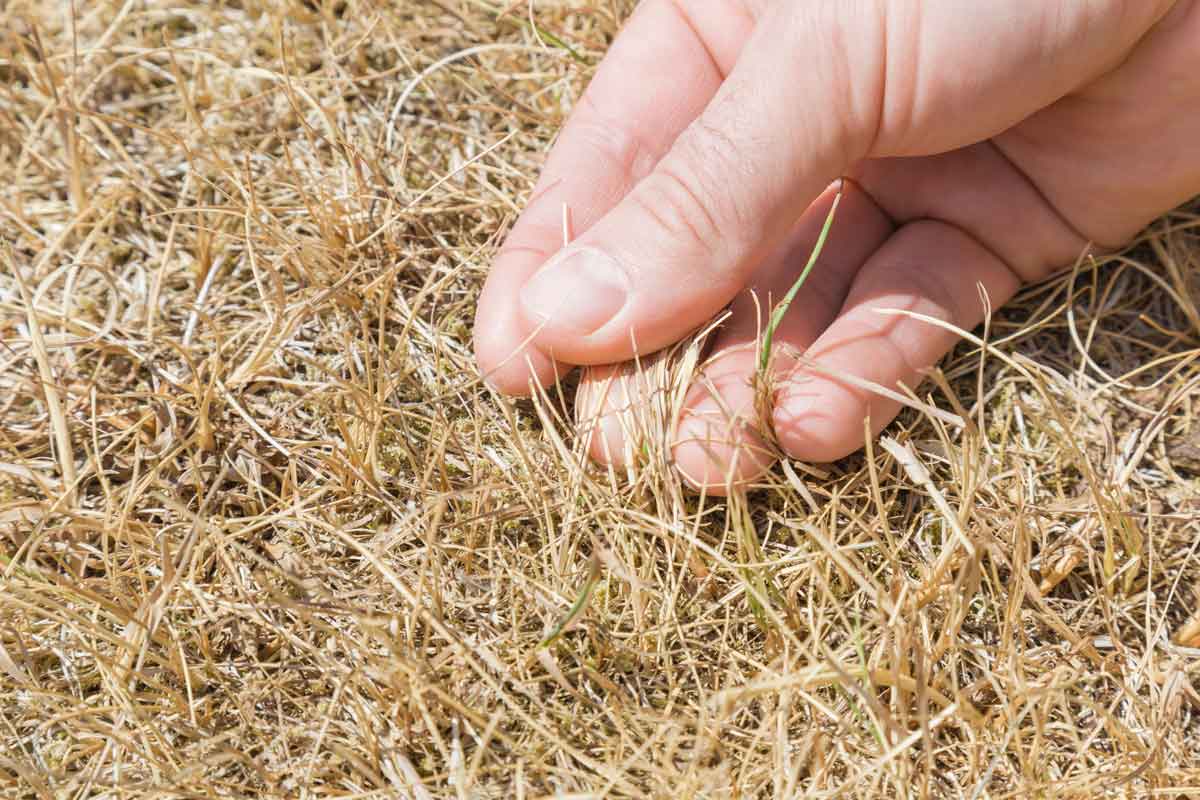
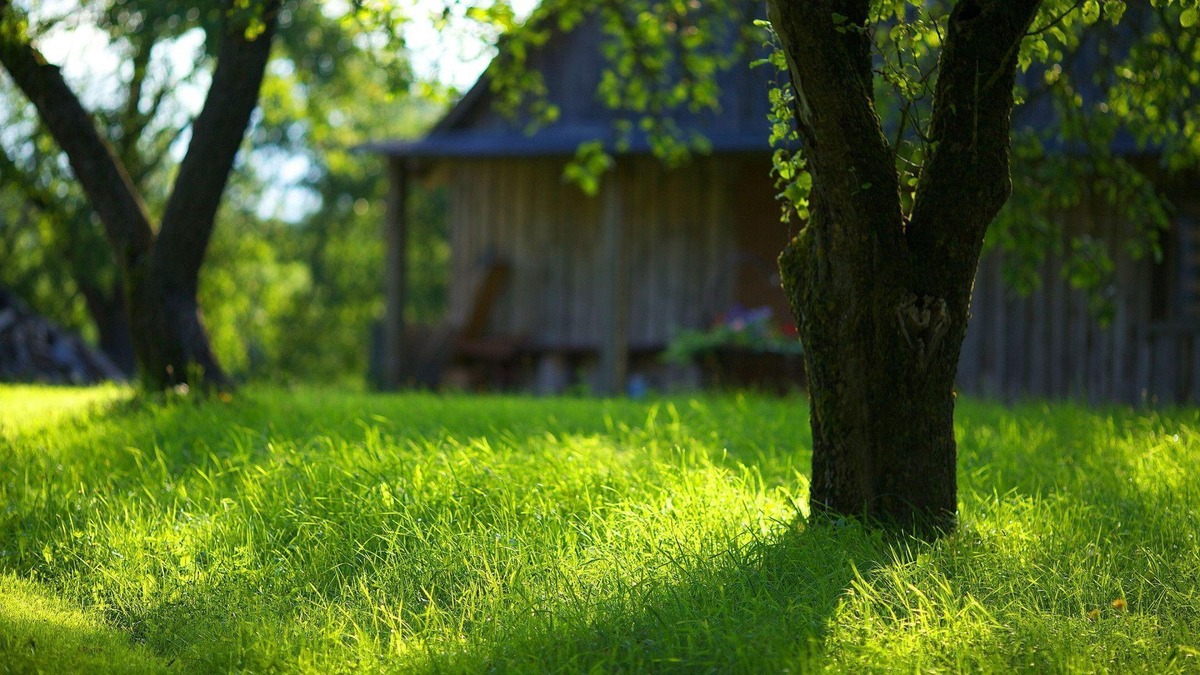
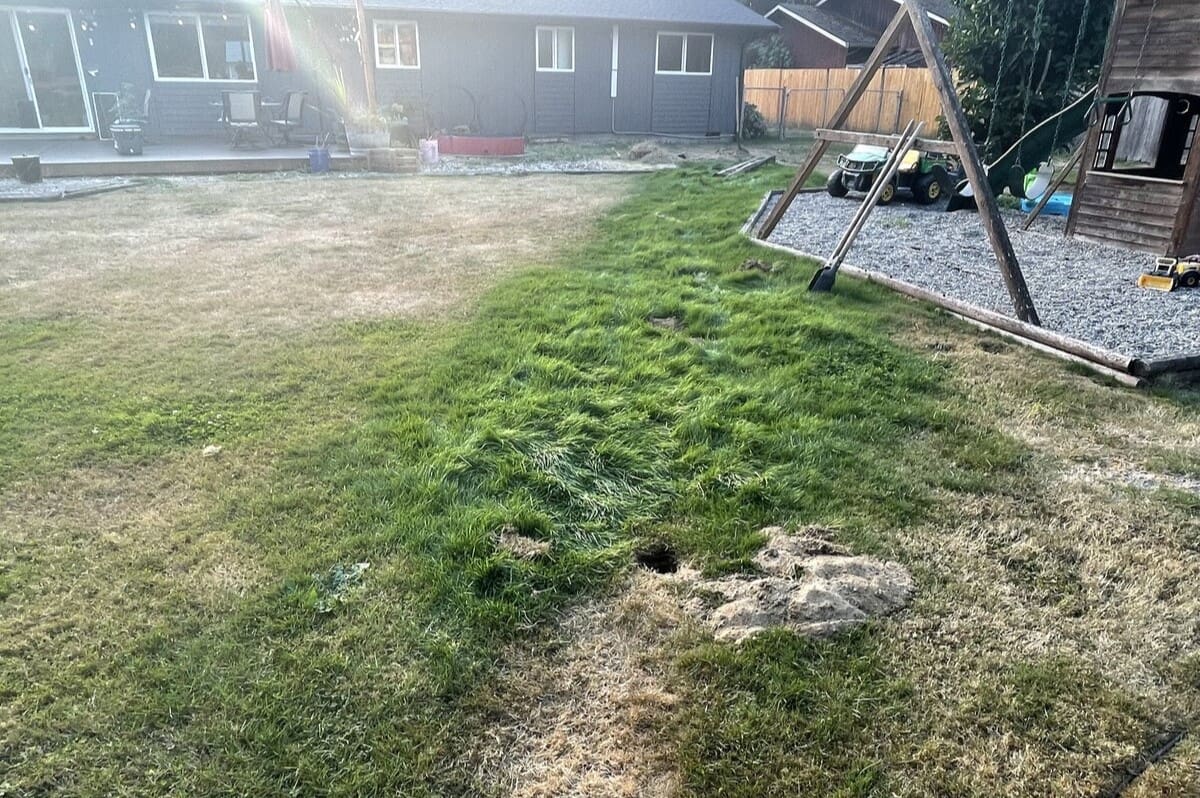

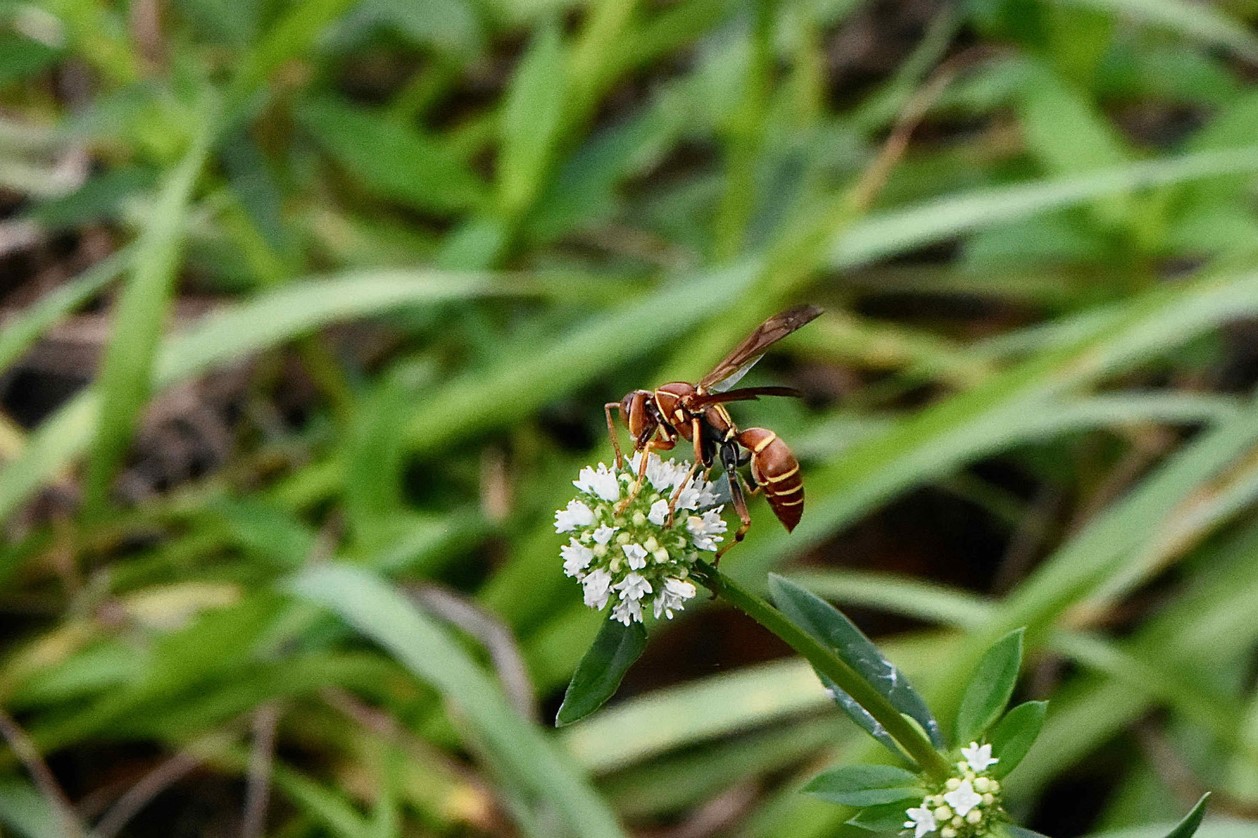
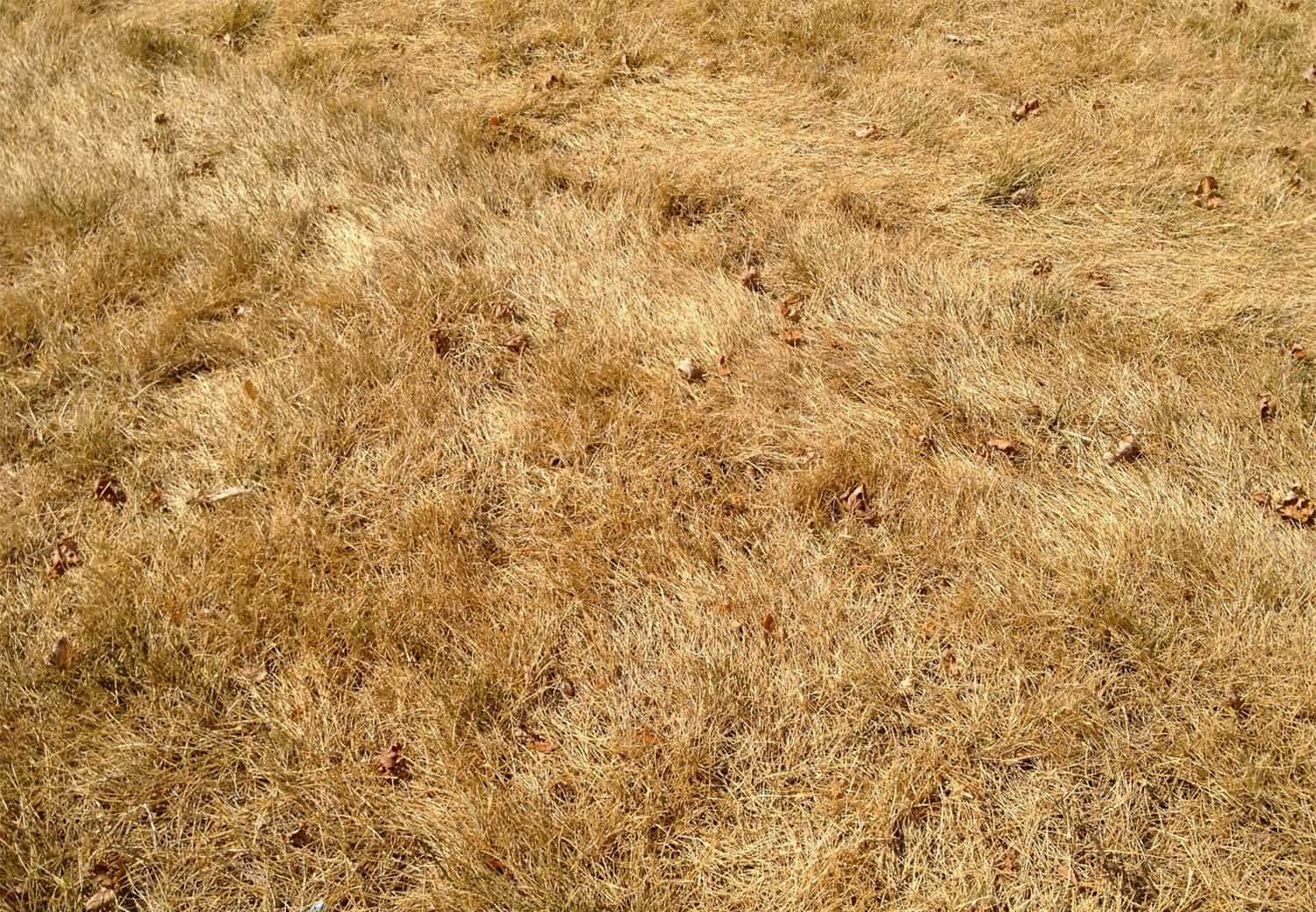

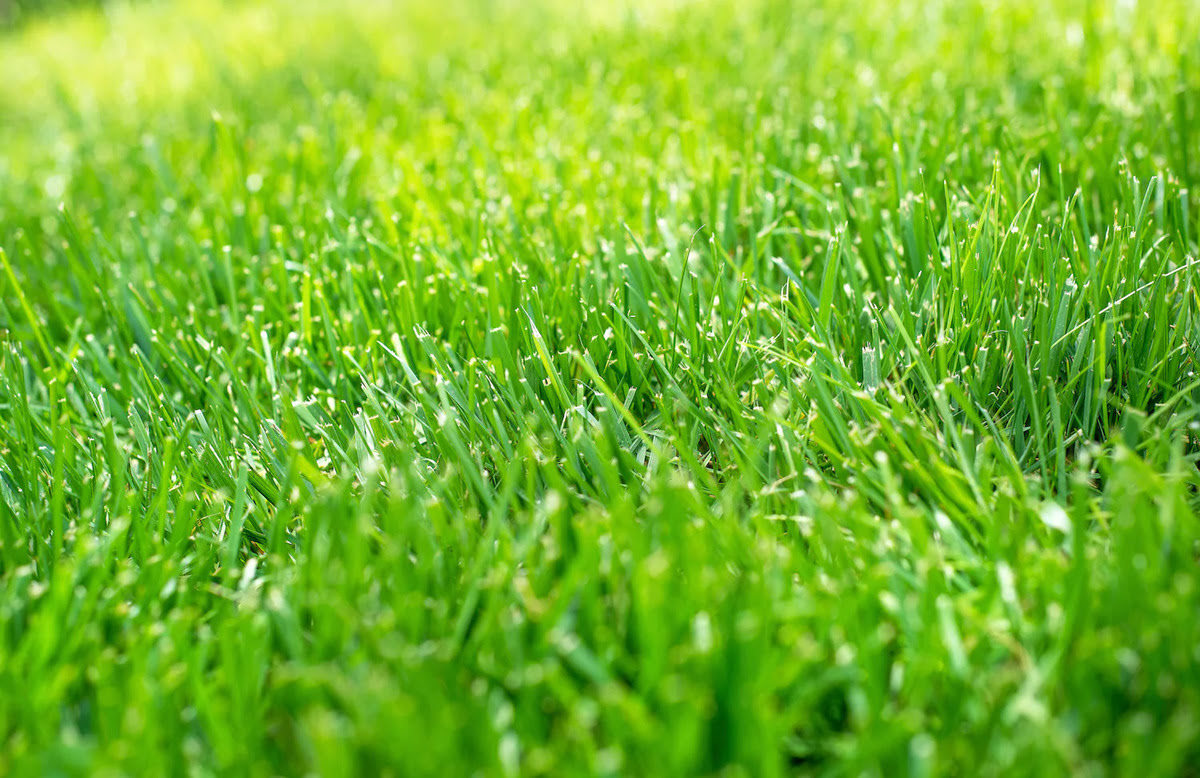

0 thoughts on “Why Is My Grass Black”